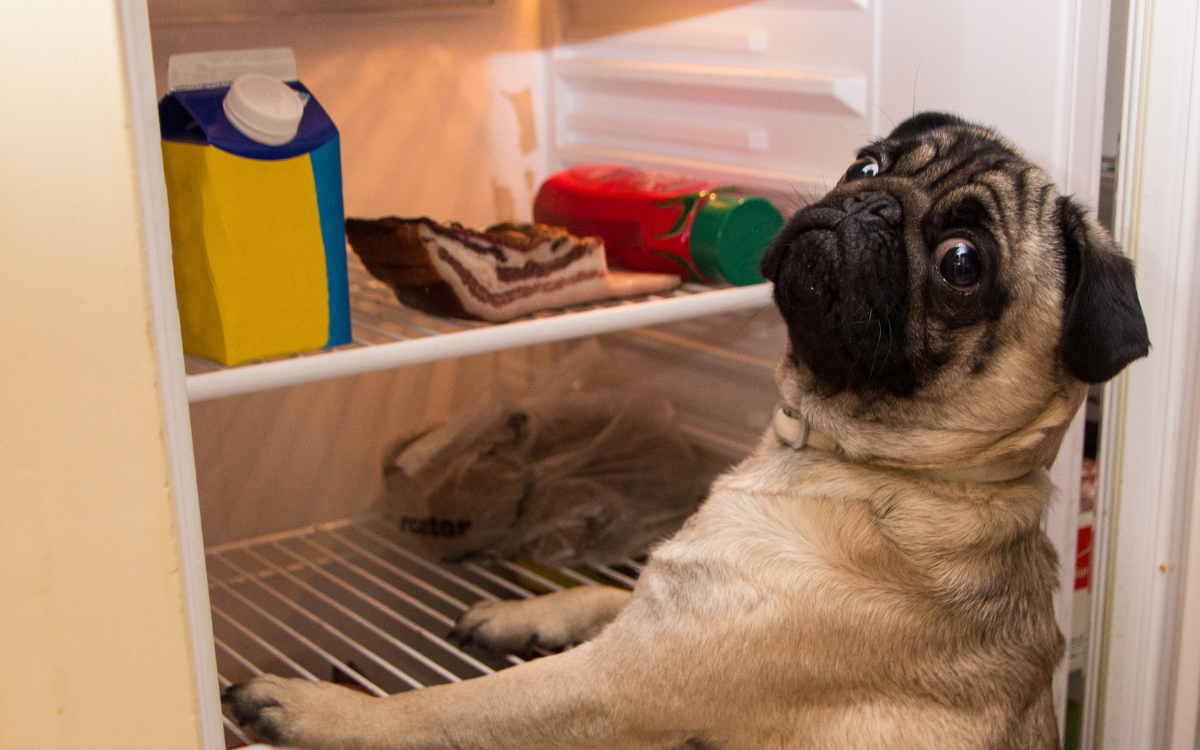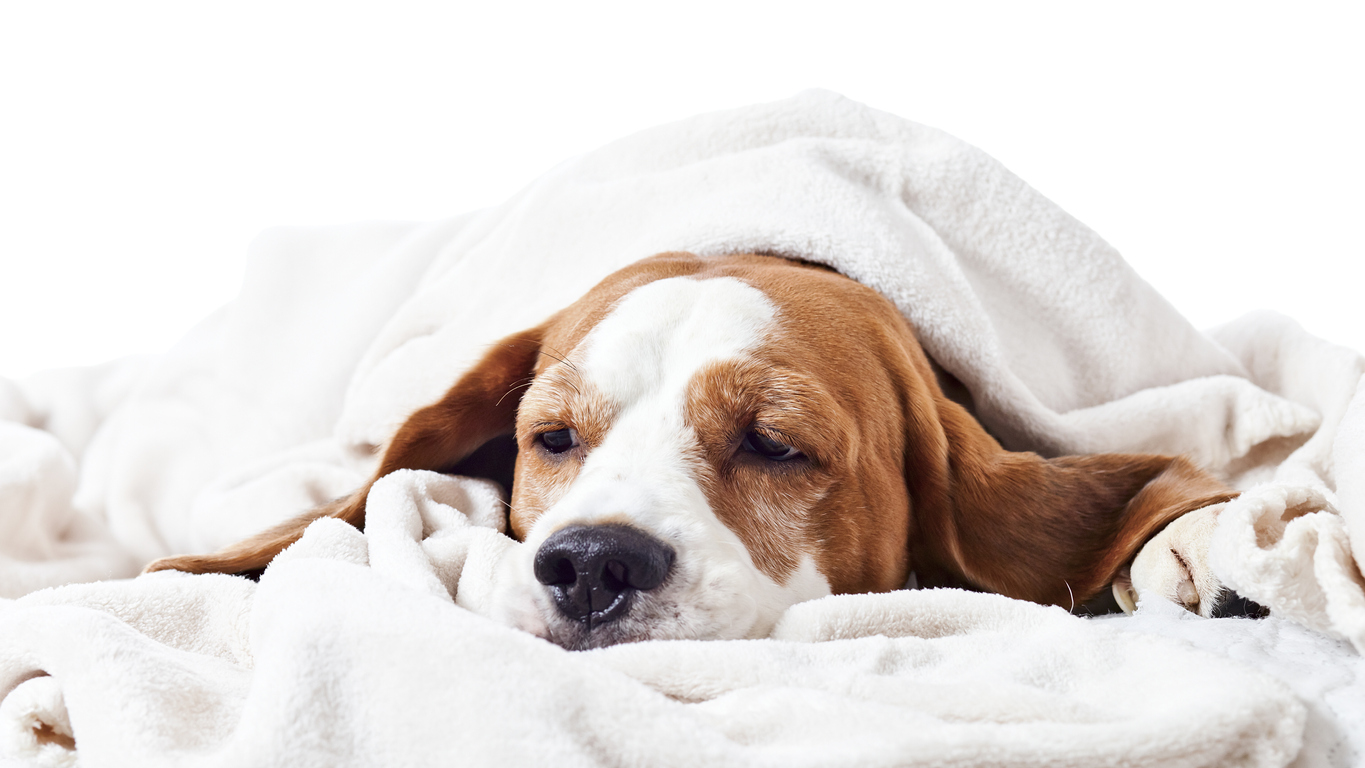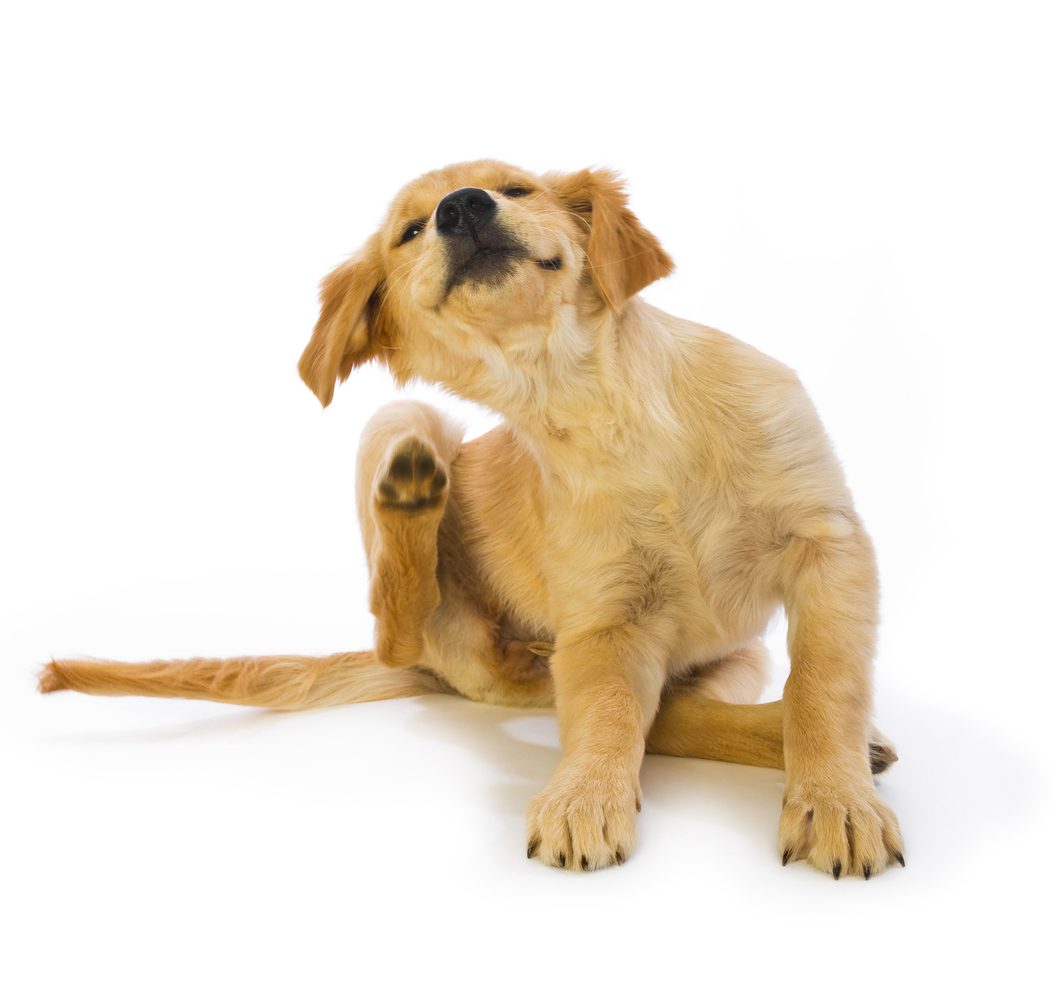Every dog parent knows that dental hygiene can be a challenge. Trying to maintain a regular brushing schedule, especially with a pup who isn’t a big fan of the toothbrush, can be a tall order. So what do you do when your dog’s teeth have plaque and tartar build-up, the kind that can’t be removed with a brush?
You may have heard about dental scaling, but not know what the process entails or if it’s safe. So, let’s take a look at everything you need to know about dental scaling!
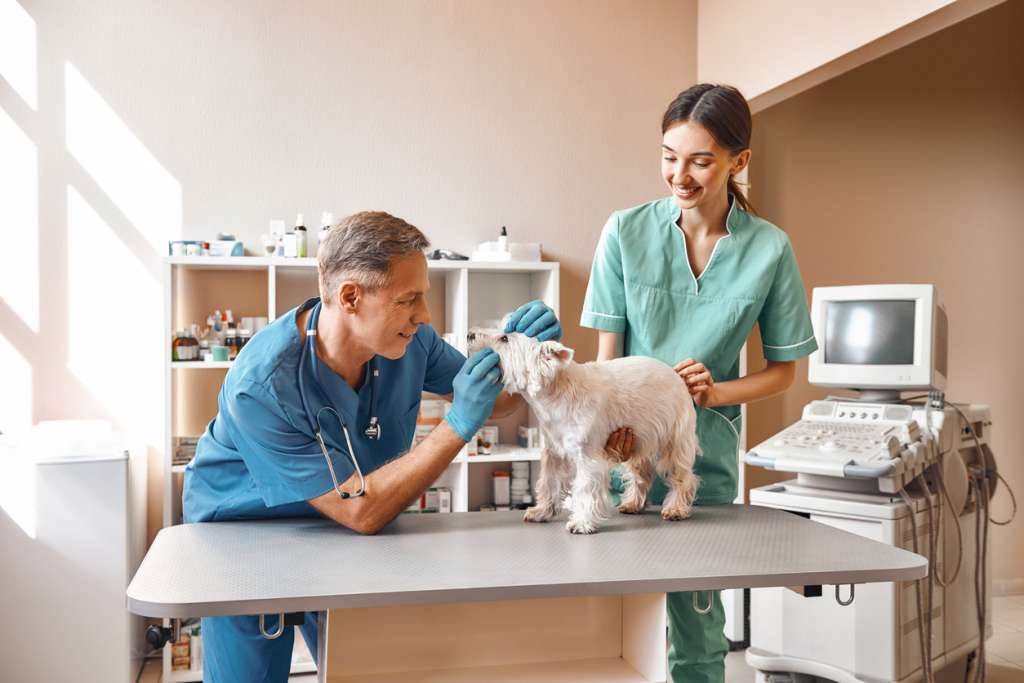

What Is Dental Scaling?
Dental scaling refers to the process of removing plaque and tartar buildup on the teeth. Tartar is a hard, black to green layer covering the yellow-white plaque of bacteria. The tartar acts as a coat of armor to the plaque of bacteria living underneath, keeping it from being disturbed by tooth brushing, food scraping, or any other forces that may wipe them away. Scaling aims to remove all of the build-up. There are two main types of scaling.
Hand Scaling
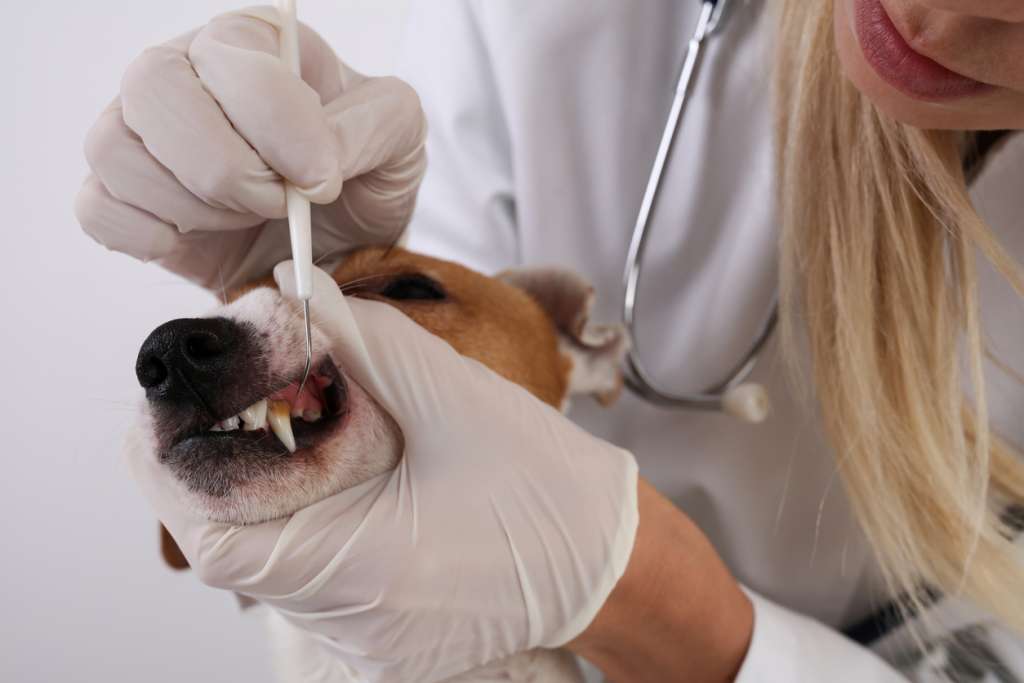

Hand scaling is done with a set of instruments using only “hand” power, if you will. These are not electronic devices. The instruments often are designed to clean a very specific portion of your pup’s tooth using a particular technique. This is because hand scalers are designed with a sharp edge that is meant to scrape against the tooth, and a dull edge that is meant to face the gums. This is to prevent damage to the gums when scaling. However, this is not obvious to the untrained eye, and relies on the fact that your dog does not move.
Hand scaling can be unpleasant or unsettling because of the amount of pressure and the gritty scraping sensation, almost like nails on a chalkboard. (Yes, I am speaking from personal experience here!) Most people have experienced hand scaling at a dental hygiene appointment. Hand scaling is safe in the hands of an experienced professional, with your dog under general anesthesia to prevent them from moving suddenly.
Ultrasonic Scaling
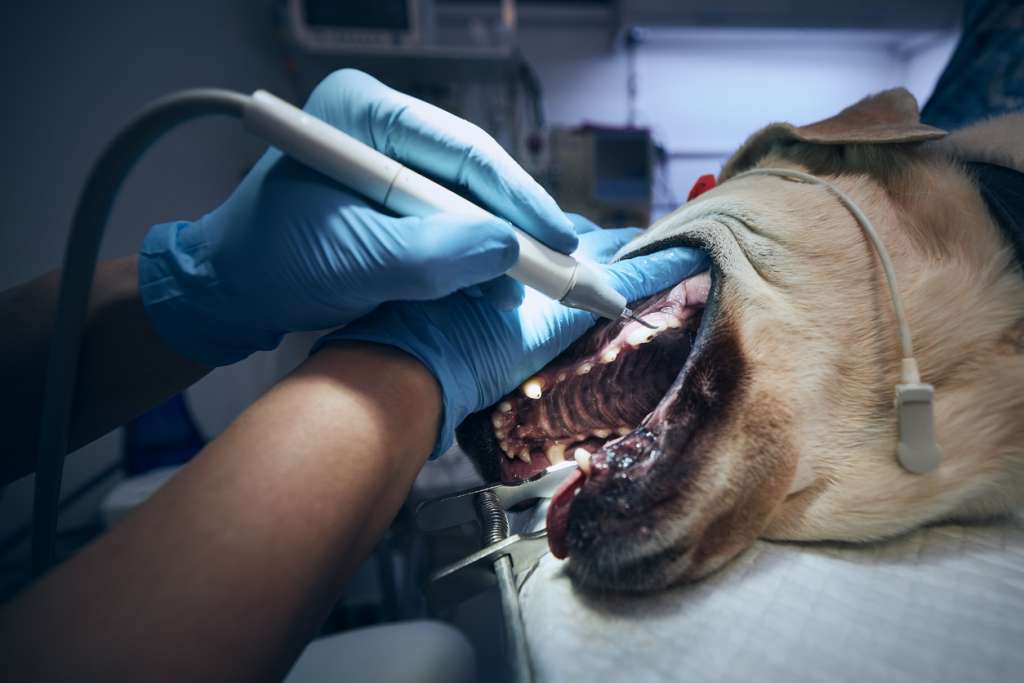

Ultrasonic scaling is done with a specialized tool that vibrates and sprays water to break up and wash away any build-up. This is an easier technique to use for the professional largely because it does not require a hand workout. The ultrasonic scaling devices do not have a cutting edge since they are using vibration, water and air to remove the debris as opposed to scraping it off. This is also one device that can be used on all surfaces of the teeth. While they are common in veterinary medicine because of the ease of use, the operator does have to keep track of how long they work on an individual tooth. This method does cause the tooth to heat up and therefore can only be done for a brief consistent period before the tooth needs a break to cool down. Fortunately, this can be managed by doing multiple short passes on many teeth and repeating until all teeth are clean. This technique also requires your dog to be under general anesthesia to be done safely and thoroughly.
Is Dental Scaling Safe?
Bottom line: scaling is a safe practice in the hands of a trained professional with your dog under general anesthesia. This is a standard part of dental cleaning in dogs. After scaling is completed, the teeth are usually polished. Ideally, full mouth dental x-rays are taken to determine if there is disease the eye cannot see. Then, a doctor probes and charts any findings. Often, treatment is administered the same day (if you have given permission), and then your pet is woken up to recover. Other than the general anesthesia, this is likely very similar to your own experience going in for a dental cleaning.
Looking for a proactive approach to your dog’s dental health? BARK Bright pairs an enzymatic toothpaste with specially-shaped dental chews so your dog’s pearly whites stay in tip-top shape!


When Should Dental Scaling Be Done?
If you think your dog needs to have dental scaling completed, first consult your veterinarian for their recommendation. They’ll be able to help you understand your best options and how to proceed.
Of course, as the old adage goes: an ounce of prevention is worth a pound of cure. The best thing you can be doing for your dog’s dental health is brushing their teeth every day so plaque and tartar don’t have a chance to take hold in the first place. If you need help getting started brushing your pup’s teeth, check out our handy guide here!
Related Article: Do I Need To Brush My Dog’s Teeth Every Day?
Colleen Ferriman, DVM, is a canine and feline health, wellness, and illness management advocate. She has a combined 10 years of experience in clinical medicine, education, and educational content development. Colleen graduated from Colorado State University as a Doctor of Veterinary Medicine, has worked as a general practitioner, and has contributed to the development of veterinary educational tools. She is also a member of the American Veterinary Medical Association and American Academy of Veterinary Pharmacology and Therapeutics.



